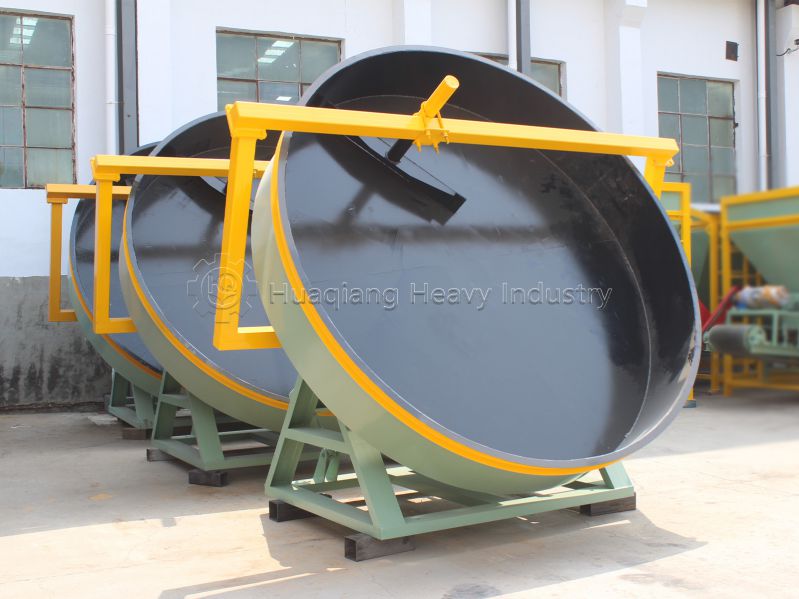Why have disc granulators become a new favorite in fertilizer production?
Among the vast array of fertilizer processing equipment, one type has quietly gained popularity thanks to its flexibility and efficiency—the disc granulator . With so many different granulation machines available, why are more and more manufacturers favoring this particular model?

The disc granulator’s unique strength lies in its structure. Driven by a motor, the tilted disc rotates at a constant speed. Feedstock enters through the top and is gradually rolled into uniformly sized pellets by the combined forces of centrifugal force, gravity, and friction. Whether processing organic fertilizer, compound fertilizer, or bio-fertilizer, it easily handles this process, achieving a pellet formation rate exceeding 80% and minimizing waste. Even more conveniently, the disc’s tilt angle and speed can be flexibly adjusted, allowing farmers to customize pellet size to their needs, eliminating the worry of unsuitable pellets.
Of course, the disc granulator also relies on the “help” of other fertilizer equipment. Before the raw materials enter the disc, a fertilizer crusher is needed to grind the bulky raw materials into fine pieces to prevent them from affecting the formation of the pellets. Then, a mixer mixes the raw materials in proportion to ensure uniform nutrient distribution. After the pellets are formed, a dryer quickly removes moisture to prevent the pellets from clumping. Finally, a screening machine selects out unqualified pellets to ensure the quality of the finished product. These devices work together with the disc granulator to form an efficient production chain, allowing raw materials to be quickly transformed into high-quality fertilizers.
With the trend toward green agriculture, the advantages of disc granulators are even more pronounced. They offer low energy consumption, low noise levels, and virtually no pollutant emissions during production, fully complying with environmental regulations. Whether a small fertilizer plant or a large production base, the disc granulator can be matched to the appropriate model based on production volume, offering low investment costs and a rapid return on investment.
From flexible adjustment to environmental protection and energy conservation, from standalone operation to collaborative operation, disc granulators have proven their value. How could such an easy-to-use and cost-effective device not become a hot commodity in fertilizer production?
